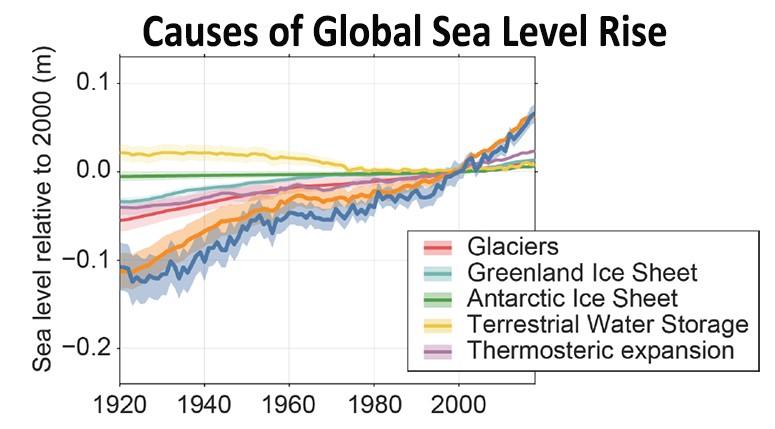Yes, and if you were awake late Wednesday night you might have observed lightning and heard thunder with the snowstorm.
It is not a common occurrence, but when lightning and thunder occur during a snowstorm, the event is reported as “thundersnow.”
Thundersnow is a thunderstorm with snow falling as the primary precipitation instead of rain. It is a rare phenomenon in comparison with summertime thunderstorms, but the underlying mechanisms are the same. The storm has sustained strong vertical mixing which allows for favorable conditions for lightning and thunder to occur.
Lightning is a huge electrical discharge. Static charges form in a storm composed of ice crystals and liquid water drops. Turbulent winds inside the storm cause particles to rub against one another, causing electrons to be stripped off, making the particles either negatively or positively charged.
The charges get grouped in the cloud, often with negatively charged particles near the bottom of the cloud and positively charged particles up high. This is an electric field and, because air is a good insulator, the electrical fields become incredibly strong. Eventually, lightning occurs to neutralize the electric field.
The type of lightning in a thundersnow storm is the cloud-to-cloud variety, as opposed to lightning bolts that travel to the ground. At night, the lightning in a thundersnow may appear bright, as the light reflects off the snowflakes in the storm.
Thunder always accompanies lightning, but in thundersnow storms the sound is muffled by the snowfall. While the thunder from a summertime thunderstorm might be heard many miles away, the thunder during a thundersnow event will be heard only within 2 to 3 miles of the lightning. The thunder is more of a rumble than the booming sounds often heard in summertime storms.
Steve Ackerman and Jonathan Martin, professors in the UW-Madison department of atmospheric and oceanic sciences, are guests on WHA radio (970 AM) at 11:45 a.m. the last Monday of each month. Send them your questions at stevea@ssec.wisc.edu or jemarti1@wisc.edu.






